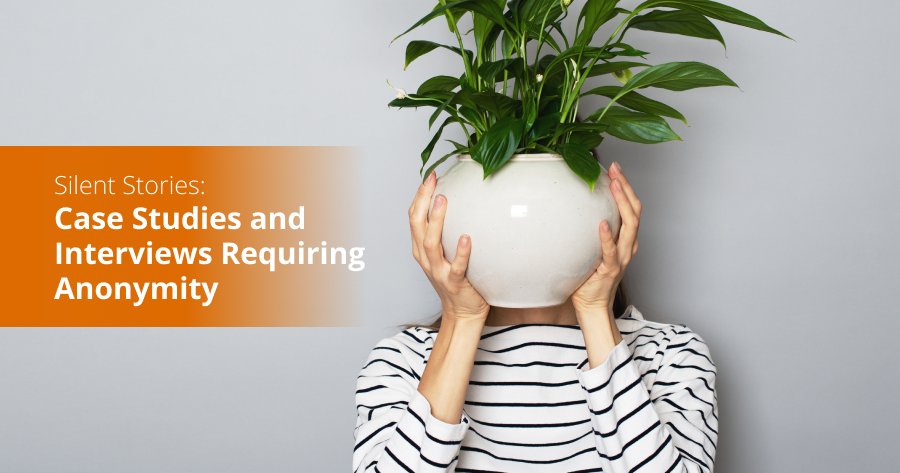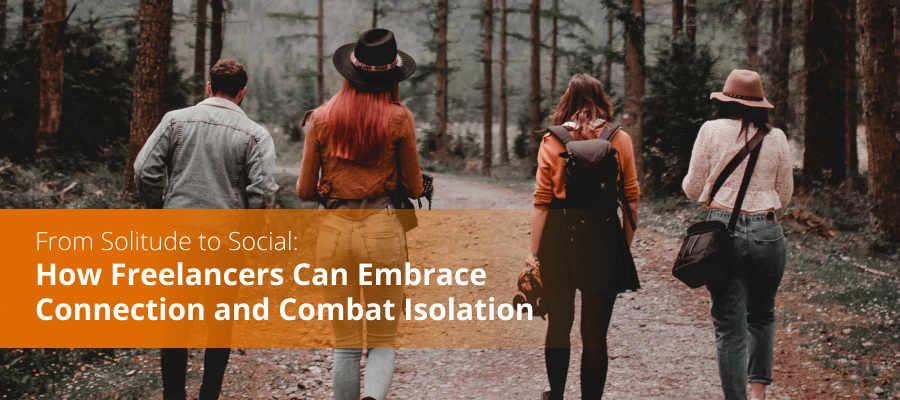There could be a number of reasons for this, including:
- Identifying them could cause them problems e.g. they are talking about workplace bullying and still work at the company.
- Identifying could put them at risk of prosecution e.g. they admitted taking drugs in the past.
- They are talking about someone else - perhaps you are writing a feature about parents of autistic teenagers – and the other party may not want readers to know the story is about them.
- There could be legal reasons. Back to the workplace bullying example, a boss accused of workplace bullying could potentially sue for libel.
- There are some cases where identifying them is actually against the law. This is the case with victims of rape or sexual assault who legally have anonymity unless they choose to waive it. You can’t identify children who have committed crimes either.
If your case study needs to be anonymous, flag this up to the commissioning editor right at the start. Sometimes, changing minor details can also be an option. You just need to be transparent and open with your editor to find the way to best navigate the situation.
You might also be interested in Balancing Transparency and Privacy: Navigating the Use of Case Studies in Feature Writing.



